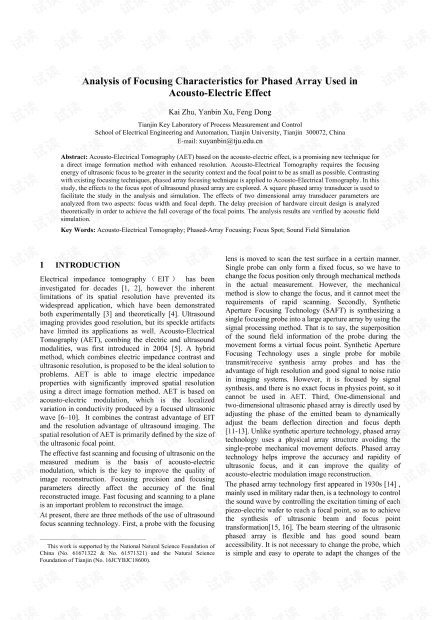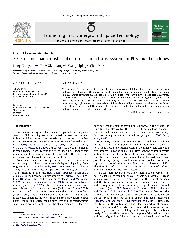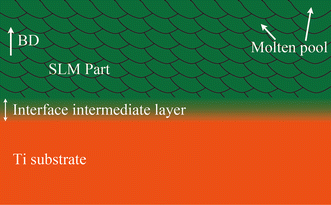Title: The Characteristics of Tang Dynasty Womens Clothing
Title: The Characteristics of Tang Dynasty Women's ClothingTang dynasty women's clothing, also known as Hanfu in Chinese, is one of the most iconic styles in Chinese fashion history. It was widely popular from the 7th century to the 10th century and had a significant impact on the development of Chinese clothing culture. The characteristics of Tang dynasty women's clothing are characterized by elegance, simplicity, and practicality.The most distinctive feature of Tang dynasty women's clothing is their long, flowing robes. These robes were often made of silk or other luxurious fabrics and were adorned with intricate embroidery, patterns, and colors. The hemline of the robe was often long and straight, reaching down to the ankles or even the ground. The sleeves of the robe were typically wide and full, with ties at the cuffs.Another notable characteristic of Tang dynasty women's clothing is the use of accessories such as scarves, jewelry, and hats. These accessories were often made of gold, silver, and jade and added elegance and sophistication to the outfit.Overall, Tang dynasty women's clothing was not only stylish but also functional. It was designed to provide comfort and warmth in cold weather while still allowing for movement and ease of access. Today, Tang dynasty women's clothing continues to be a popular style among fashion enthusiasts around the world.
The Tang Dynasty, also known as the Golden Age of Chinese culture, was a period of great prosperity and cultural flourishing in China. It lasted from 618 to 907 AD and was characterized by a unique blend of tradition and innovation. One aspect of Tang culture that stands out is its women's clothing, which reflected the country's social, economic, and political landscape. In this article, we will explore the distinctive features of Tang female attire and their significance in Chinese fashion history.
1. Emphasis on Comfort and Functionality

Tang women's clothing prioritized comfort and practicality over aesthetic appeal. This was largely due to the fact that many women in the Tang dynasty were engaged in manual labor or household chores. To ensure ease of movement and reduce the burden on their bodies, Tang women favored loose-fitting garments that allowed for freedom of motion. This was especially true for dresses and skirts, which were often made from lightweight fabrics such as silk or cotton. The use of wide sleeves and wide waistbands further contributed to comfort, while also allowing for easy access to pockets for carrying items.
2. Variety in Style and Color
Despite the emphasis on practicality, Tang women's clothing still showcased a range of styles and colors. From simple and elegant gowns to more elaborate and intricate designs, there was something for every occasion and taste. The use of vibrant colors, such as red, yellow, green, and blue, added visual interest to the outfits while also signaling social status and personal preferences. For example, redwas considered a lucky color during festivals and important events, while yellow was associated with royalty and power.
3. Integration of Accessories
Tang women's clothing featured numerous accessories that enhanced the overall look and function of the outfit. These included jewelry such as necklaces, bracelets, earrings, and hairpins, which were often made from precious metals like gold, silver, and bronze. Hair accessories like headbands, ribbons, and flowers added a touch of grace and femininity to the ensemble. Additionally, hats were popular among Tang women, whether they were worn as part of an elaborate headdress or simply as a practical accessory to protect against the sun or rain.

4. Tailoring and Sewing Techniques
Tang women's clothing was tailored to fit each individual woman's body shape and size. This required skilled tailors who could create garments that were both aesthetically pleasing and functional. Sewing techniques in the Tang era included plain sewing, basting stitches, and French knots, as well as the use of decorative stitches like satin stitch and chain stitch. These techniques helped to create intricate details like pleats, folds, and embroidery on the clothes.
5. Influence of Buddhism and Confucianism
The beliefs and values of Buddhism and Confucianism greatly influenced Tang women's clothing choices. Buddhist temples played a significant role in promoting modesty and simplicity in fashion, which is reflected in the understated designs of many Tang garments. Confucian values emphasized respect for one's elders and authority figures, which led to the adoption of formal attire like qipao (a type of Mandarin dress) for special occasions like court visits or weddings.
6. Cultural Exchange with Foreign Nations

The Tang dynasty experienced extensive trade and cultural exchange with other countries along the Silk Road, which had a significant impact on its women's fashion trends. Imported textiles, such as silk from Central Asia and cotton from India, were incorporated into Tang women's wardrobes to add variety and texture to their outfits. Foreign styles like the hijab (a head covering worn by some Muslim women) and the manteau (a long coat worn by men in some cultures) also found their way into Tang fashion.
In conclusion, Tang women's clothing was a reflection of the diverse influences that shaped Chinese culture during this period. While emphasizing comfort and functionality, it showcased a range of styles
Articles related to the knowledge points of this article:
How to Tie a Tie: A Comprehensive Guide for Men
The Down Jacket: A Winters Best Friend
Feather and Down Recycling: A Sustainable Solution for a Green Future



